I have code that allows me to record I2S audio from the INMP441 MEMS microphone module using an ESP32. The data is read from the data out pin of the device.
When I take the Fourier transform of this signal while recording a 2 kHz tone, I get a large low-frequency noise component that seems to saturate the ADC, see below. The first has 2048 samples while the second has 8192:
I am not sure what the source of this noise is and how one can remove it.
Things that may be important:
- I am transmitting WiFi signals at the same time I am recording.
Setup:


